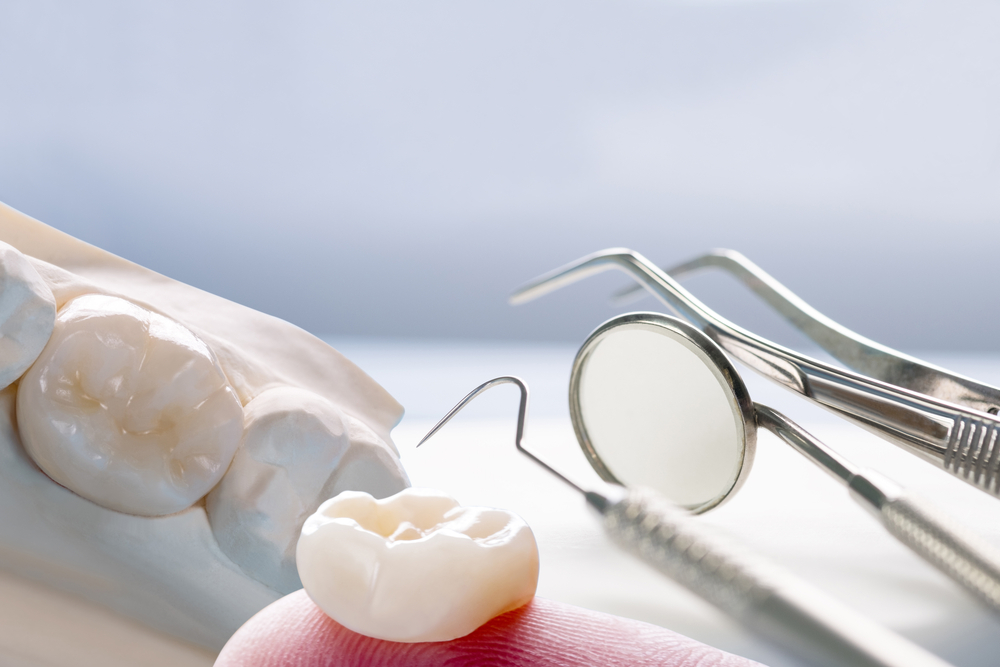
All About Zirconia Dental Implants
Zirconia implants are a type of dental implant made from zirconium dioxide, a high-strength ceramic material known for its biocompatibility and durability. They have been increasingly used as an alternative to titanium implants since receiving FDA approval in 2011. Zirconia implants offer several advantages, including:
- Biocompatibility: Zirconia is bioinert, meaning it’s less likely to cause allergies or adverse tissue reactions, making it a viable option for a wide range of patients, including those with metal allergies.
- Aesthetics: Zirconia implants can seamlessly blend in with the surrounding teeth due to their color and translucency, matching natural teeth. They can be constructed as single-piece implants, eliminating the need for a separate connector.
- Strength and Durability: Zirconia has a strong crystal structure, making it highly resistant to fractures and chipping. This makes zirconia implants a long-term functional option.
- Comfort: Zirconia implants are less likely to transfer temperature sensations to surrounding tissues, potentially reducing sensitivity.
However, zirconia implants also have some drawbacks:
- Cost: Zirconia implants are typically more expensive than titanium implants due to the manufacturing process and materials used.
- Limited Design Options: Unlike titanium implants, zirconia implants often come in predetermined shapes and sizes, which can make them more challenging to place.
- Brittleness: Despite being highly durable, zirconia is brittle and more prone to fractures than titanium implants, especially in cases of accidental trauma or excessive biting forces.
- Limited Long-term Research: Since zirconia implants are a relatively newer option, there is sparse long-term data supporting their performance and success rate compared to titanium implants.
Zirconia implants come in various types, including one-piece, two-piece, and hybrid implants. One-piece implants are easy to place and are suitable for situations where the implant position does not require customizing the abutment. Two-piece implants allow for abutment customization and are used when proper positioning of the implant requires angulation. Hybrid implants combine zirconia with other materials, such as titanium frameworks, to utilize the strength of a titanium framework and the aesthetic qualities of zirconia.
In conclusion, zirconia implants offer a biocompatible, aesthetically pleasing, and durable alternative to titanium implants, with some limitations in terms of cost, design options, and long-term research. They are a promising option for patients seeking a long-term solution to tooth loss, but it’s important to consult with a dentist to determine if zirconia implants are the best choice based on individual oral health needs.
